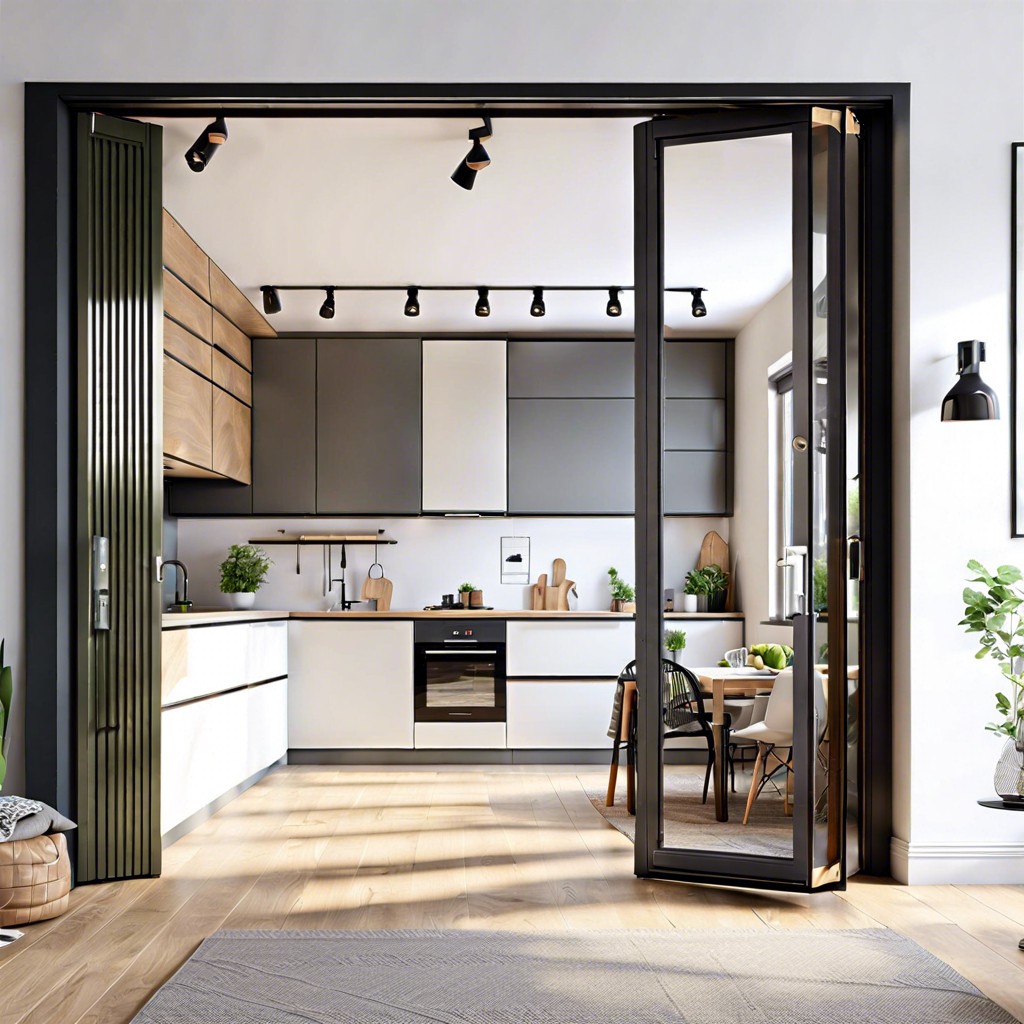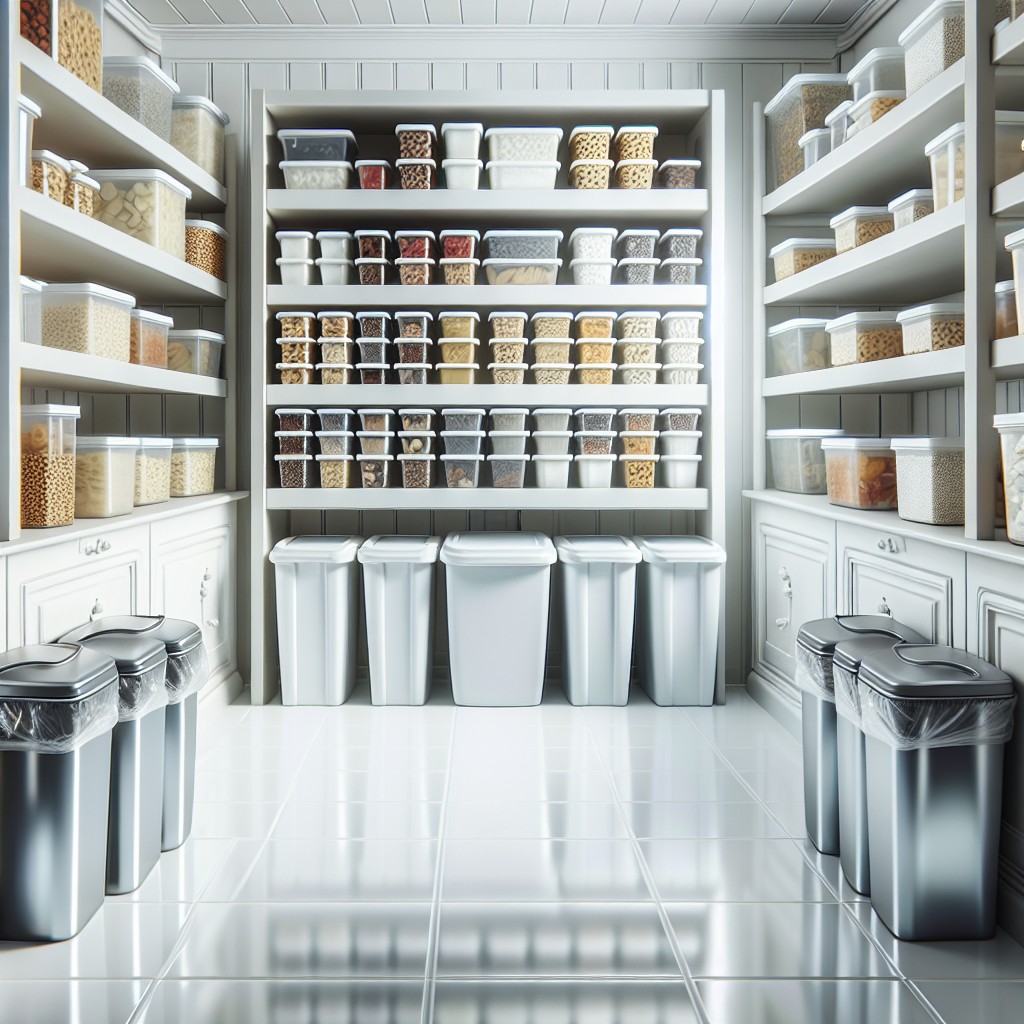Last updated on
In this blog, we will unravel the various aspects and expenses involved in setting up your very own ghost kitchen, providing a detailed guide to help you navigate through this intriguing business model.
If you’re considering venturing into the world of food business, you may have come across the term “ghost kitchen.” These innovative culinary spaces have been gaining popularity in recent years, offering a cost-effective solution for aspiring restaurateurs and established brands alike. But before diving headfirst into this exciting venture, it’s essential to understand the financial aspect.
In this article, we’ll explore how much it actually costs to open a ghost kitchen and what factors can influence these expenses. So, grab a cup of coffee and let’s crunch some numbers!
What's Inside
“Understanding Ghost Kitchens”
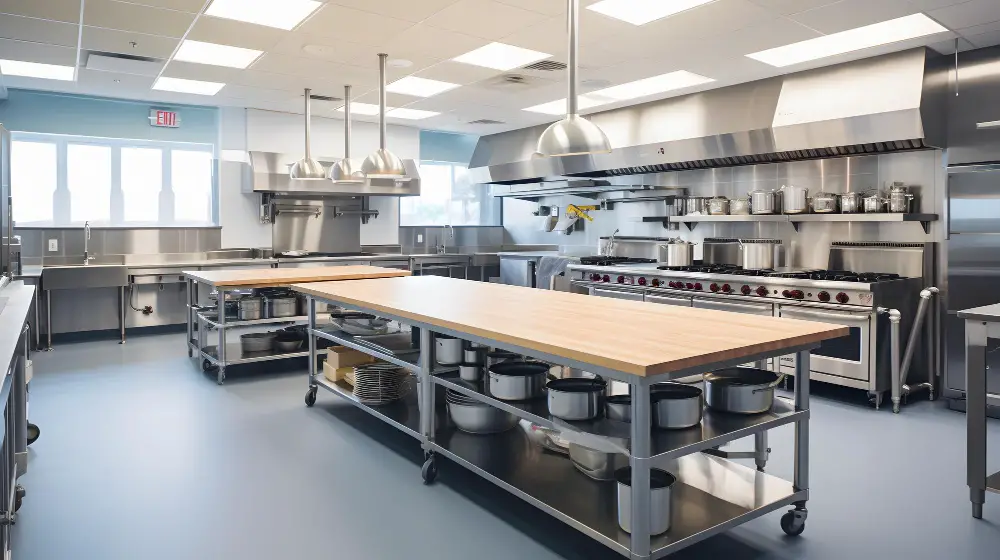
Ghost kitchens, also known as virtual kitchens, cloud kitchens, or dark kitchens, are a relatively new concept in the food industry. These innovative culinary spaces operate solely for delivery and takeout orders without any dine-in option.
Unlike traditional brick-and-mortar restaurants with visible storefronts and dining areas bustling with customers, ghost kitchens exist primarily in the digital realm.
Picture this: a sleek industrial space tucked away from the prying eyes of curious diners. Inside these hidden gems lies an array of kitchen stations equipped to handle multiple restaurant concepts simultaneously.
From gourmet burgers to sushi rolls or even vegan delights – all prepared under one roof but delivered straight to your doorstep.
The beauty of ghost kitchens lies in their efficiency and cost-effectiveness. By eliminating expenses associated with physical dining spaces like rent for prime locations or extravagant interior decor, entrepreneurs can focus on what truly matters – creating delicious food experiences that leave customers craving more.
But don’t be fooled by their elusive nature; ghost kitchen operations require careful planning and strategic decision-making just like any other business venture. Understanding how they function is crucial before delving into the costs involved in setting up your own ghost kitchen empire.
“Types of Ghost Kitchens”

These innovative culinary spaces come in various types, each catering to different needs and business models. Let’s take a closer look at the different types of ghost kitchens you can consider for your venture.
1. Independent Ghost Kitchens: As the name suggests, these are standalone operations that operate solely as delivery or pickup-only establishments.
They have their own branding and menu offerings without any affiliation with existing restaurants.
2. Virtual Brands within Existing Restaurants: This type of ghost kitchen operates within an already established restaurant space but functions as a separate brand with its own unique menu items targeted towards online orders only.
3. Shared Kitchen Spaces: Shared or commissary kitchens provide multiple food businesses access to shared facilities and resources under one roof, reducing costs significantly by sharing expenses like rent, utilities, equipment maintenance, etc.
4. Delivery-Only Extensions of Brick-and-Mortar Restaurants: Many traditional restaurants are now expanding into the realm of ghost kitchens by creating dedicated spaces exclusively for fulfilling delivery orders while maintaining their dine-in services separately.
5.Cloud Kitchens (Kitchen-as-a-Service): Cloud kitchen platforms offer fully equipped commercial kitchen spaces that can be rented on-demand basis without long-term commitments or high upfront costs associated with setting up a physical location from scratch.
Each type has its pros and cons depending on factors such as budget constraints, target market reachability,and scalability goals.
“Initial Setup Costs for a Ghost Kitchen”

These expenses will lay the foundation for your operation and determine how smoothly your ghost kitchen runs.
Setting up a ghost kitchen involves various components, each with its own associated costs. First and foremost, you’ll need to secure a suitable space for your operation.
This could be an existing commercial kitchen or even a dedicated facility designed specifically for ghost kitchens. The cost of renting or purchasing this space can vary greatly depending on location and size.
Next comes outfitting your kitchen with essential equipment such as ovens, stoves, refrigerators, prep stations, storage units – all tailored to meet the specific needs of operating solely through delivery orders. Investing in high-quality equipment is crucial not only for efficiency but also in ensuring food safety standards are met.
In addition to physical infrastructure costs like rent and equipment purchases/leases; technology investment plays a significant role in setting up a successful ghost kitchen operation. This includes point-of-sale systems (POS), order management software platforms that integrate seamlessly with third-party delivery apps/services; inventory management tools; online ordering websites/apps development/maintenance fees etc., which collectively contribute towards streamlining operations while enhancing customer experience.
It’s important not to overlook licensing and permit fees when calculating setup costs as well since compliance with local health regulations is paramount when running any food-related business.
“Essential Equipment and Setup Costs”
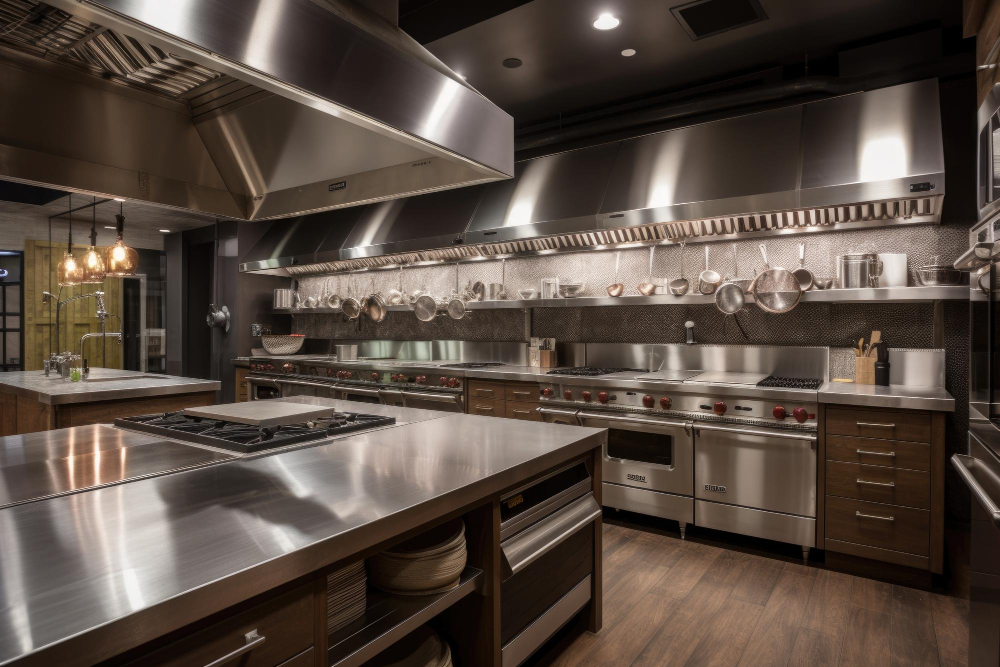
These are the tools that will enable your kitchen staff to prepare delicious meals efficiently and meet customer demands.
Investing in high-quality commercial-grade equipment is crucial for ensuring smooth operations and maintaining food safety standards. Some essential items you’ll need include industrial ovens, stovetops, grills, fryers, refrigeration units (walk-in coolers or reach-in fridges), prep tables, sinks with proper plumbing systems for sanitation purposes.
The costs associated with purchasing this equipment can vary depending on factors such as brand reputation and quality. It’s important not to compromise on quality when selecting your appliances since they will be subjected to heavy usage in a fast-paced environment.
Consider other setup costs like shelving units for storage space organization or custom-built counters tailored specifically for your ghost kitchen’s layout requirements. These elements contribute significantly to creating an efficient workflow within limited space.
Remember that maintenance costs should also be factored into your budget as regular servicing ensures longevity of these expensive investments while minimizing downtime due to breakdowns or repairs.
“Technology Investment”
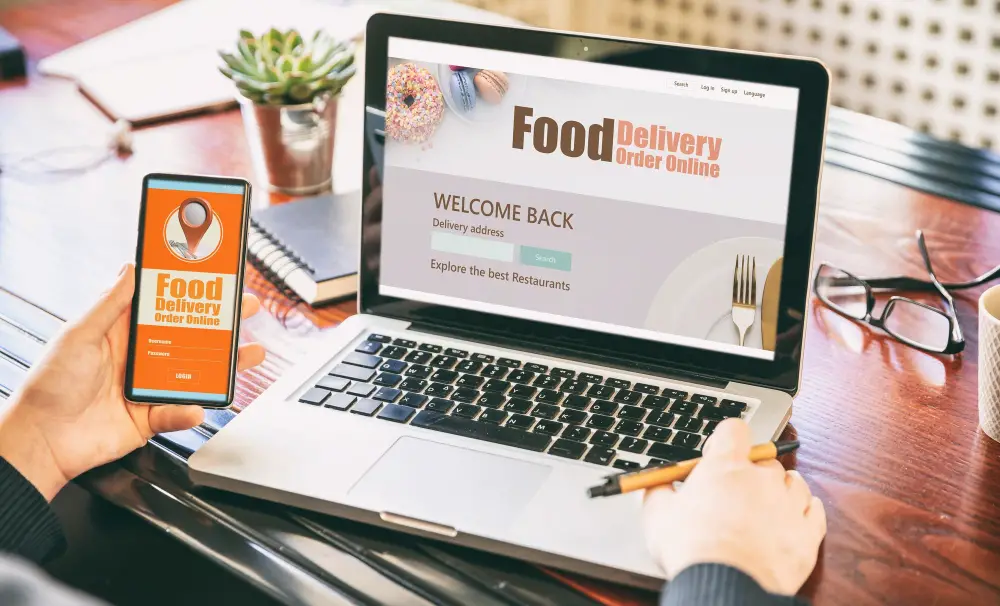
Investing in the right technology can streamline operations, enhance efficiency, and ultimately contribute to your bottom line. When it comes to opening a ghost kitchen, there are several areas where technology investment is necessary.
Firstly, you’ll need a robust online ordering system that seamlessly integrates with your website or mobile app. This allows customers to easily browse through your menu options and place orders for pickup or delivery.
Investing in an efficient order management system can help you track incoming orders accurately and ensure timely preparation.
Another essential aspect of technology investment is equipping your kitchen with state-of-the-art cooking equipment such as ovens with smart controls or automated fryers that optimize cooking times while maintaining consistency.
Furthermore, consider investing in inventory management software that helps you keep track of stock levels efficiently. This will enable you to avoid wastage by ensuring optimal ingredient usage while also preventing shortages during peak hours.
Lastly but equally important is having reliable communication tools for seamless coordination between staff members working within the ghost kitchen setup. Utilizing messaging apps or project management platforms can facilitate smooth collaboration among chefs preparing different dishes simultaneously without any confusion.
“Location and Rental Costs”

The right location can significantly impact your success, as it determines accessibility for customers and delivery services. However, finding an ideal spot at an affordable price can be challenging.
When scouting for a location, you’ll want to prioritize areas with high population density and proximity to target markets. Urban centers or areas near office complexes are often popular choices due to their potential customer base.
Rental costs will vary depending on the city and neighborhood you choose. Prime locations in bustling cities may come with hefty price tags, while suburban or less central areas might offer more affordable options.
It’s important not only to consider monthly rent but also any additional expenses such as utilities, maintenance fees, parking charges (if applicable), and security deposits that may be required by landlords.
To keep rental costs manageable without compromising on quality or convenience, some ghost kitchen operators opt for shared spaces or repurposed commercial kitchens that offer flexible leasing arrangements at lower rates compared to standalone properties.
Remember that negotiating lease terms is always worth exploring; landlords may be open to discussing reduced rent during initial stages if they see potential in your concept.
“Licensing and Permit Fees”
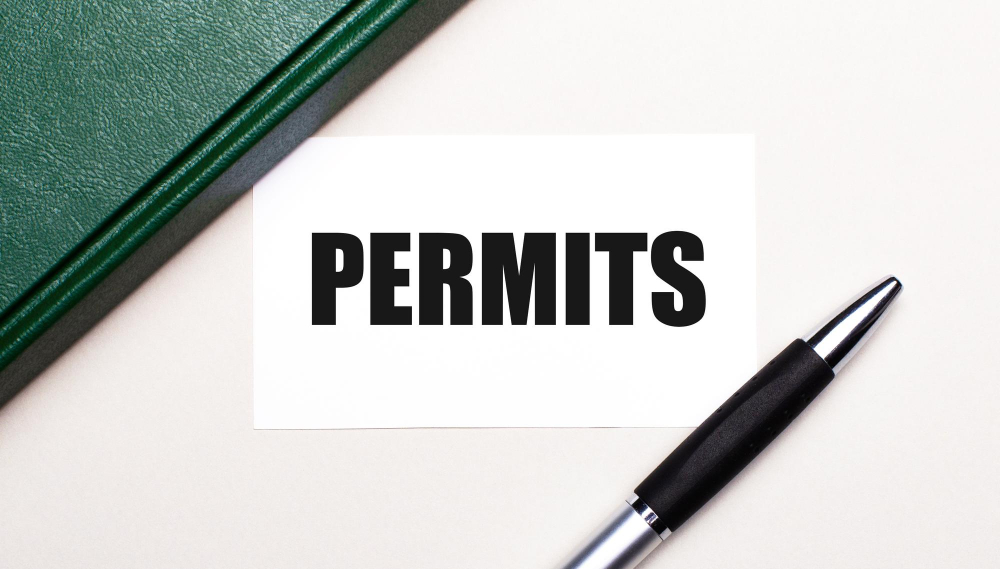
These legal requirements ensure that your operation meets health and safety standards while also complying with local regulations.
The specific licensing and permits you’ll need can vary depending on your location, so it’s essential to research the requirements in your area. Common licenses include food service permits, health department inspections, fire safety certifications, zoning approvals, and business registrations.
Obtaining these licenses typically involves submitting applications along with any necessary documentation or fees. The cost of licensing can range from a few hundred dollars to several thousand dollars depending on factors such as the size of your kitchen space or whether alcohol will be served.
It’s important not to overlook these expenses when budgeting for opening a ghost kitchen. Failure to obtain proper licenses could result in fines or even closure of your operation if discovered during an inspection.
Remember that maintaining compliance is an ongoing responsibility as well since many permits require annual renewals or periodic inspections. Factor in these recurring costs when planning out long-term financial projections for running your ghost kitchen successfully.
“Staffing for Ghost Kitchens”
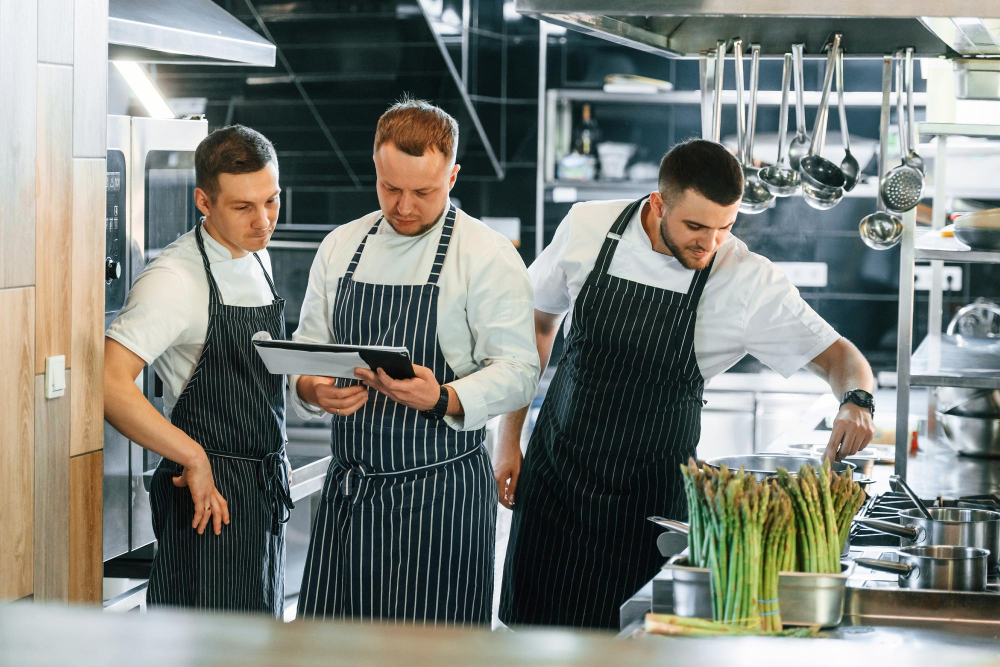
Since ghost kitchens primarily focus on delivery and takeout orders, the emphasis shifts towards assembling an efficient team that can handle food preparation, packaging, and order fulfillment.
One of the advantages of operating a ghost kitchen is that you can streamline your staffing needs compared to a traditional restaurant setup. However, it’s still crucial to have skilled individuals who can work in a fast-paced environment while maintaining quality standards.
Your core team will typically consist of chefs or cooks who are experienced in preparing the specific cuisine offered by your ghost kitchen. These professionals should be well-versed in handling high volumes without compromising on taste or presentation.
In addition to culinary experts, you’ll also need support staff such as prep cooks and dishwashers who ensure smooth operations behind-the-scenes. Depending on your menu offerings and order volume projections, you may need multiple individuals for each role during peak hours.
It’s worth noting that technology plays an essential role in managing orders efficiently within a ghost kitchen setup. Consider investing in point-of-sale (POS) systems or online ordering platforms with integrated ticket management features to streamline communication between different roles within your team.
“Food Supplies and Inventory”

As a ghost kitchen operator, you’ll need to carefully plan and manage your ingredients to ensure smooth operations.
When it comes to sourcing food supplies, there are several factors that can influence costs. The type of cuisine you offer will determine which suppliers or distributors you work with.
It’s important to establish relationships with reliable vendors who can provide quality ingredients at competitive prices.
Maintaining an efficient inventory system is essential for minimizing waste and controlling expenses. Investing in inventory management software can help streamline this process by tracking stock levels in real-time, generating purchase orders when items run low, and providing valuable insights into consumption patterns.
Remember that managing perishable items requires careful attention as they have limited shelf lives. Proper storage facilities such as refrigerators or freezers should be factored into your budget if not already included in the initial setup costs.
By closely monitoring ingredient usage rates based on customer demand trends while also considering seasonality fluctuations within certain produce categories (which may affect pricing), you’ll be able to optimize purchasing decisions for cost-effectiveness without compromising on quality.
“Utilities and Ongoing Expenses”
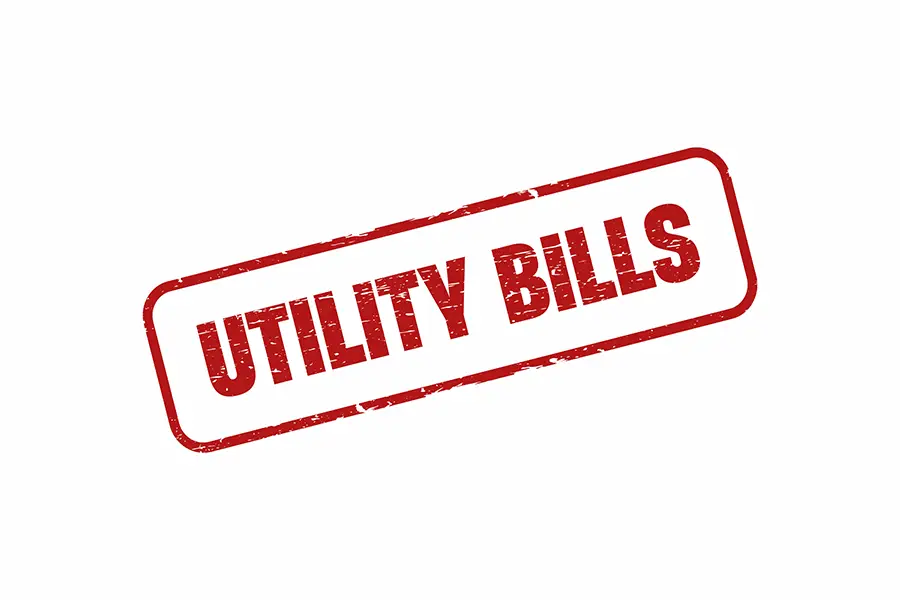
One significant aspect of these expenses is utilities. Just like any other commercial kitchen, a ghost kitchen requires electricity, water, and gas to function efficiently.
Electricity costs will depend on the size of your operation and the equipment you use. High-powered cooking appliances such as ovens, grills, fryers can consume a substantial amount of energy.
It’s important to invest in energy-efficient equipment where possible and consider implementing practices that promote conservation.
Water usage will vary depending on factors such as dishwashing needs or if you have an area for food preparation that requires constant cleaning. Installing low-flow faucets or using water-saving techniques can help reduce consumption.
Gas costs are another consideration if your ghost kitchen relies on gas-powered stoves or ovens for cooking purposes. The cost will depend on local utility rates and how frequently these appliances are used throughout the day.
Aside from utilities specifically related to operating a kitchen space itself, there may be additional ongoing expenses associated with running a successful ghost kitchen business:
- Internet: A reliable internet connection is crucial for managing online orders through various delivery platforms.
- Software subscriptions: You might need specialized software for order management systems (OMS), inventory tracking tools,
- customer relationship management (CRM), etc.
- Marketing Expenses: Promoting your brand through digital marketing channels may require budget allocation towards social media
- advertising campaigns or search engine optimization efforts.
- Maintenance Costs: Regular maintenance checks should be factored into your budget to ensure all equipment remains in good
- working condition.
- Staffing Expenses: Payroll costs including wages/salaries along with employee benefits should also be considered when calculating
- ongoing expenditures.
“Insurance Cost for Ghost Kitchens”
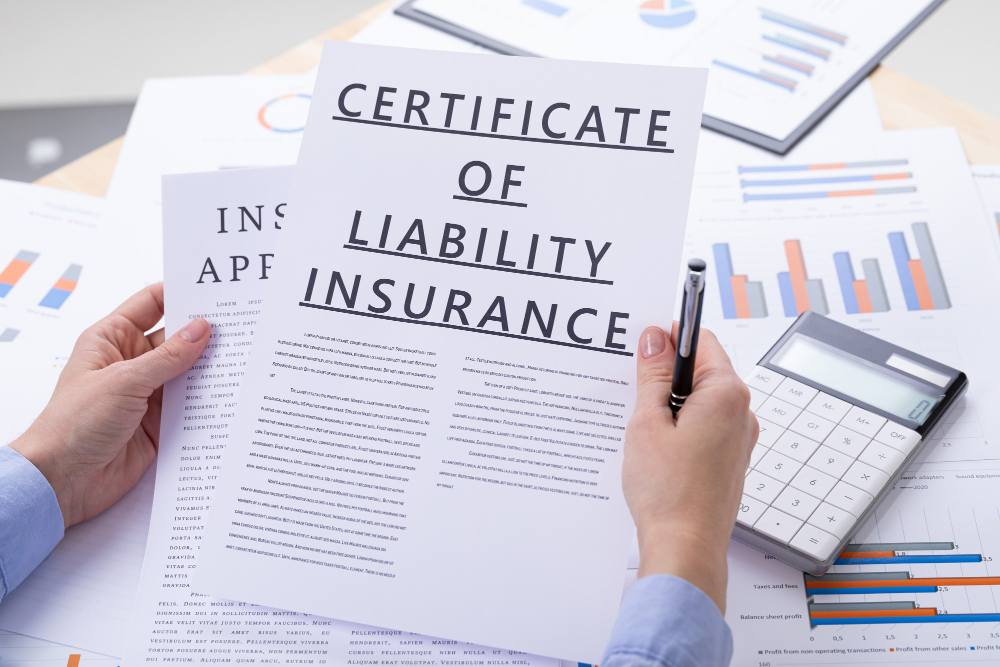
Just like any other food establishment, having adequate insurance coverage is essential to protect yourself from potential risks and liabilities.
The specific insurance needs of a ghost kitchen may vary depending on factors such as location, size of operation, and the nature of your business model. However, there are some common types of insurance that you should consider:
1. General Liability Insurance: This type of coverage protects you in case someone gets injured on your premises or if there is property damage caused by your operations.
2. Product Liability Insurance: If any customer experiences illness or injury due to consuming food prepared in your ghost kitchen, product liability insurance can provide financial protection against potential lawsuits.
3. Workers’ Compensation Insurance: If you have employees working in the ghost kitchen facility, workers’ compensation insurance is typically required by law and covers medical expenses and lost wages if an employee gets injured while performing their duties.
4. Property Insurance: Protecting the physical assets within your ghost kitchen space (such as equipment) from fire damage or theft is important for safeguarding against unexpected losses.
5. Business Interruption Coverage: In case unforeseen circumstances force temporary closure or interruption in operations (e.g., natural disasters), this type of coverage can help compensate for lost income during that period.
It’s advisable to consult with an experienced commercial insurer who specializes in restaurant businesses when determining which policies are most suitable for your specific needs. Remember that premiums will depend on various factors including location risk assessment (crime rates), previous claims history (if applicable), revenue projections etc.
While these insurances come at a cost – they offer peace-of-mind knowing that you’re protected financially should anything go wrong within the realm covered by each policy.
“Menu Development and Testing Costs”

Your menu is essentially the heart and soul of your business, as it determines what dishes you will offer to customers.
Menu development involves creating a diverse range of enticing dishes that align with your target audience’s preferences. This process may require hiring a professional chef or culinary consultant who can help curate an appealing menu that reflects your brand identity.
However, developing a menu isn’t just about creativity; it also involves careful consideration of costs. Each dish must be analyzed for its ingredients’ pricing and availability in order to ensure profitability without compromising quality.
Testing these dishes before launching them is equally important. Conducting taste tests with potential customers or organizing focus groups can provide valuable feedback on flavor profiles, portion sizes, presentation, and overall appeal.
These insights allow you to refine recipes and make necessary adjustments before officially introducing them into your ghost kitchen operations.
Both menu development and testing incur expenses that should be factored into your budget planning process. Costs may include ingredient procurement for recipe experimentation purposes as well as compensation for chefs or consultants involved in this stage.
“Costs of Branding and Marketing”

Establishing a strong brand identity is crucial for attracting customers and standing out in the competitive food industry. However, it’s important to consider the costs associated with branding and marketing efforts.
Creating a compelling brand image involves designing logos, developing a website or mobile app, creating menus and packaging materials that reflect your concept. These elements contribute to building recognition among potential customers.
Depending on your budget and preferences, you may choose to hire professional designers or utilize online platforms that offer affordable design services.
Marketing expenses can vary greatly depending on the strategies you employ. Traditional methods such as print advertisements or billboards might not be as effective for ghost kitchens since they primarily operate through delivery apps or online platforms.
Instead, investing in digital marketing techniques like social media advertising campaigns can yield better results by targeting specific demographics.
Collaborating with influencers who align with your target audience can also help increase visibility while generating buzz around your ghost kitchen concept – but keep in mind that influencer partnerships often come at a cost.
Allocating funds towards search engine optimization (SEO) practices will enhance online visibility when potential customers search for food options within their area of operation.
Remember that branding is an ongoing process; therefore recurring expenses should be considered when planning budgets for future promotions such as seasonal offers or special events throughout the year.
“Delivery Service Partnerships Costs”
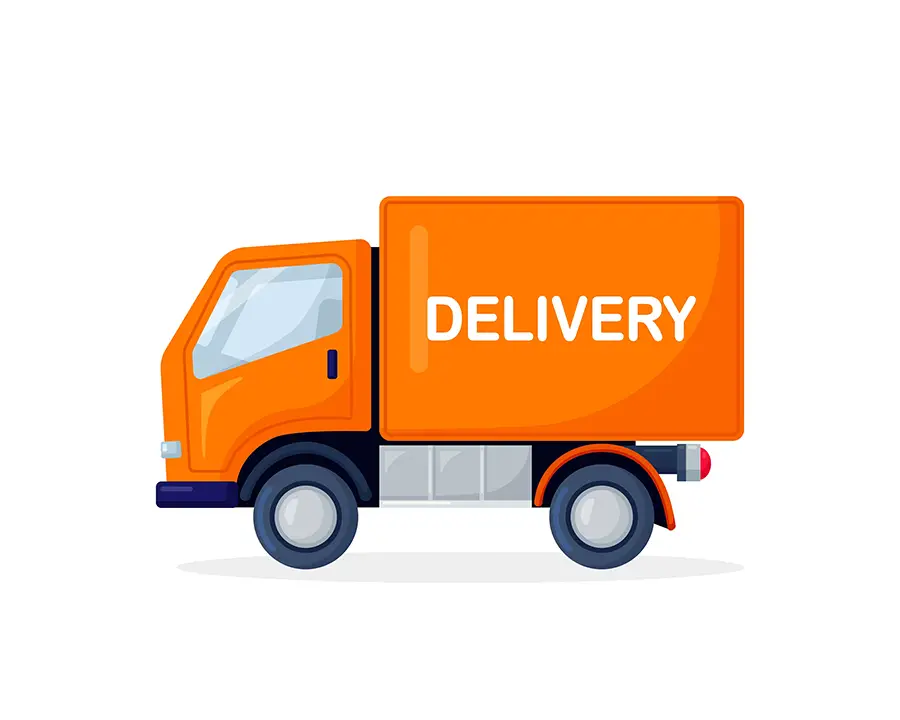
This is where delivery service partnerships come into play. Collaborating with third-party delivery platforms can significantly expand your reach and customer base, but it’s important to understand the associated costs.
When entering into a partnership with a delivery service provider, there are typically two types of fees involved: commission fees and marketing fees. Commission fees are usually calculated as a percentage of each order placed through the platform.
This fee covers the cost of using their technology infrastructure and accessing their customer base.
Marketing fees may also be charged by some platforms for additional promotional services such as featuring your ghost kitchen on their app or website or running targeted advertising campaigns on social media channels.
It’s crucial to carefully evaluate different delivery service providers in terms of their commission rates, marketing opportunities, and overall reputation before making a decision. While partnering with well-known platforms may come at higher costs initially, they often offer wider exposure that can lead to increased sales over time.
Keep in mind that some providers may require specific packaging requirements or branding guidelines which could incur additional expenses for customized packaging materials or stickers bearing their logo.
“Maintenance and Renovation Expenses”

While these costs may not be as significant as the initial setup, they are still crucial for ensuring the smooth operation of your business.
Maintenance expenses can include regular servicing and repairs for equipment such as ovens, refrigerators, fryers, and ventilation systems. It’s essential to have a budget set aside for routine maintenance checks to prevent any unexpected breakdowns that could disrupt your operations.
Renovation expenses may arise if you decide to expand or upgrade your ghost kitchen in the future. This could involve adding more cooking stations or storage areas, improving infrastructure like plumbing or electrical systems, or even giving the space a fresh new look with updated decor.
It’s wise to regularly assess the condition of your ghost kitchen and plan ahead for any necessary renovations. By keeping an eye on wear-and-tear issues early on and addressing them promptly through proactive maintenance measures or minor renovations when needed can help avoid larger repair bills down the line.
Remember that maintaining a clean environment is vital not only from an operational standpoint but also from a health perspective. Regular cleaning services should be factored into ongoing expenses along with pest control measures if required by local regulations.
“Unexpected Costs and Contingencies”

No matter how well-prepared you are, unforeseen circumstances can sometimes throw a wrench in your plans.
One common unexpected cost is equipment breakdown or malfunction. Just like any other commercial kitchen, ghost kitchens rely heavily on their appliances and machinery to operate smoothly.
In case of an equipment failure, you’ll need to have funds set aside for repairs or replacements.
Another potential contingency is changes in regulations or licensing requirements. Government policies regarding food safety and health standards can evolve over time, leading to additional expenses for compliance updates or obtaining new permits.
Market fluctuations can impact ingredient prices and supply chain logistics unexpectedly. It’s essential to stay flexible with your menu offerings while keeping an eye on rising costs that could affect profitability.
Moreover, emergencies such as natural disasters or power outages might disrupt operations temporarily. Having a backup plan in place – whether it’s alternative cooking facilities nearby or backup generators – will help minimize downtime but may come at an extra cost initially.
Lastly, don’t forget about marketing expenses required during slow periods when competition intensifies among various delivery-only establishments vying for customers’ attention online.
“Ghost Kitchen Franchise Costs”
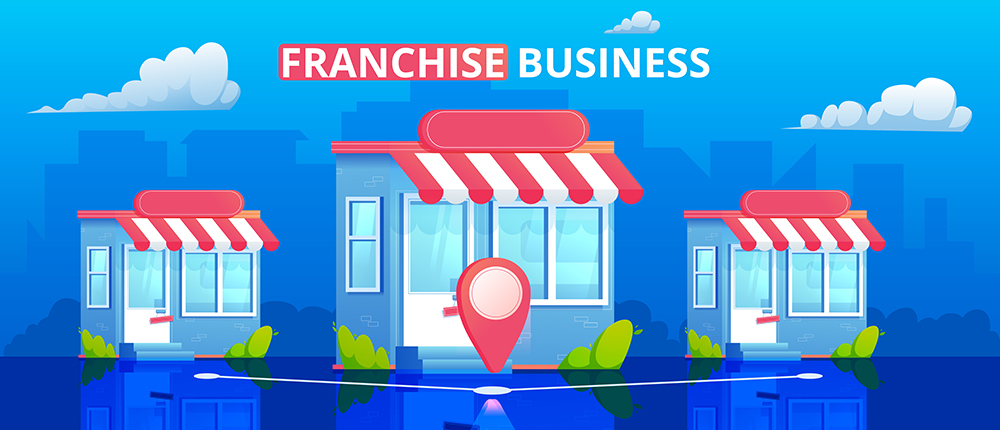
While this can provide the advantage of an established brand and proven business model, it’s important to understand the associated costs.
When exploring franchise opportunities, be prepared for initial fees that typically include an upfront payment or initial investment. This fee covers the right to operate under the franchisor’s brand name and benefit from their support systems.
The cost can vary significantly depending on factors such as the popularity of the brand and its market presence.
In addition to these upfront fees, most franchises also require ongoing royalty payments or a percentage of your revenue as part of their business arrangement. These royalties contribute towards marketing efforts, ongoing support services provided by the franchisor, and access to their network resources.
It’s crucial when considering a ghost kitchen franchise that you thoroughly research all financial obligations involved before making any commitments. Evaluate whether these costs align with your budgetary constraints while still allowing room for profitability in your specific location.
Remember that each franchise opportunity will have its own unique set of expenses beyond just startup costs—such as equipment purchases or lease agreements—that may need careful consideration before signing any contracts.
“Calculating Return On Investment (ROI)”
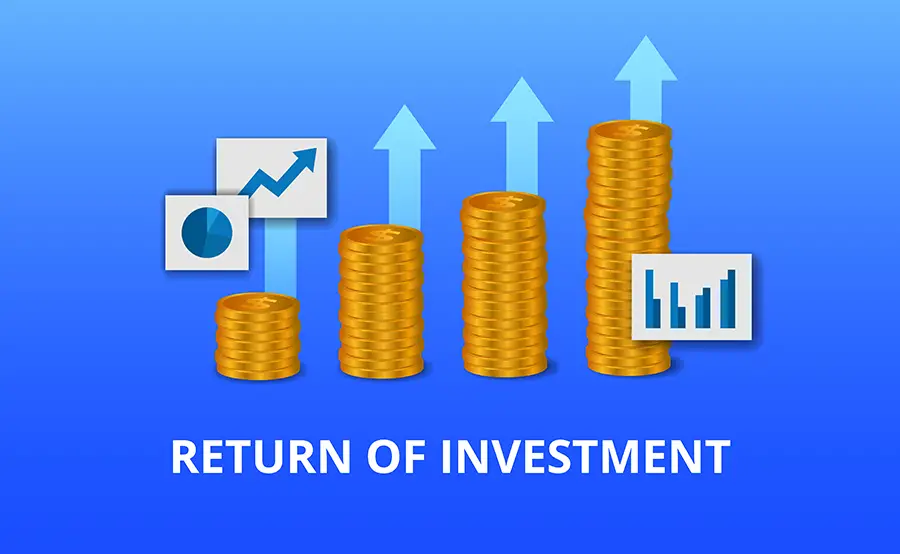
ROI is a key metric that helps determine the profitability and success of any investment.
To calculate ROI for your ghost kitchen, you’ll need to consider both your initial expenses and ongoing operational costs. Start by subtracting all your expenses from the revenue generated over a specific period.
This includes not only direct costs like equipment, technology investments, staffing, supplies but also indirect expenses such as rent or lease payments, utilities bills, marketing expenditures.
Once you have calculated your net profit after deducting all these costs from revenue earned during a particular timeframe (usually annually), divide it by the total amount invested initially. Multiply this figure by 100 to get ROI as a percentage.
For example: If you invested $100k in setting up and running your ghost kitchen over one year and made $150k in net profit during that time frame; then:
ROI = ($150k – $100k) / $100k x 100 = 50%.
A positive ROI indicates profitability while negative implies losses incurred. It’s important to note that calculating accurate ROI requires meticulous tracking of financial data throughout operations.
By regularly monitoring and analyzing this metric along with other performance indicators like customer feedback or order volume trends can help identify areas where improvements can be made or cost-cutting measures implemented effectively. Remember though; every business is unique so benchmarking against industry standards may provide some insights but should not be solely relied upon when evaluating success.
“Challenges in Running a Ghost Kitchen”

While the cost-effectiveness and flexibility of operating a ghost kitchen are undeniable, there are several hurdles you may encounter on your journey.
One significant challenge is managing logistics efficiently. Unlike traditional restaurants, where customers dine in-house or pick up their orders directly, ghost kitchens rely heavily on delivery services.
Coordinating multiple orders and ensuring timely deliveries can be demanding without proper systems in place.
Another obstacle is maintaining consistent quality across all delivery platforms. With numerous third-party apps involved in the ordering process, it becomes crucial to ensure that each customer receives their meal promptly and at its best quality.
This requires careful attention to packaging techniques and training staff members accordingly.
Marketing your brand effectively can pose difficulties for ghost kitchens since they lack physical storefronts or visible signage that attracts foot traffic naturally. Building an online presence through social media platforms and targeted advertising becomes essential for reaching potential customers who might not yet be familiar with your virtual eatery.
Lastly, competition within the digital food industry is fierce as more businesses embrace this concept. Standing out from the crowd requires innovation both in terms of menu offerings and customer experience while maintaining competitive pricing strategies.
Overcoming these challenges necessitates adaptability as well as continuous monitoring of market trends to stay ahead of competitors’ game plans.
“Future of Ghost Kitchens”
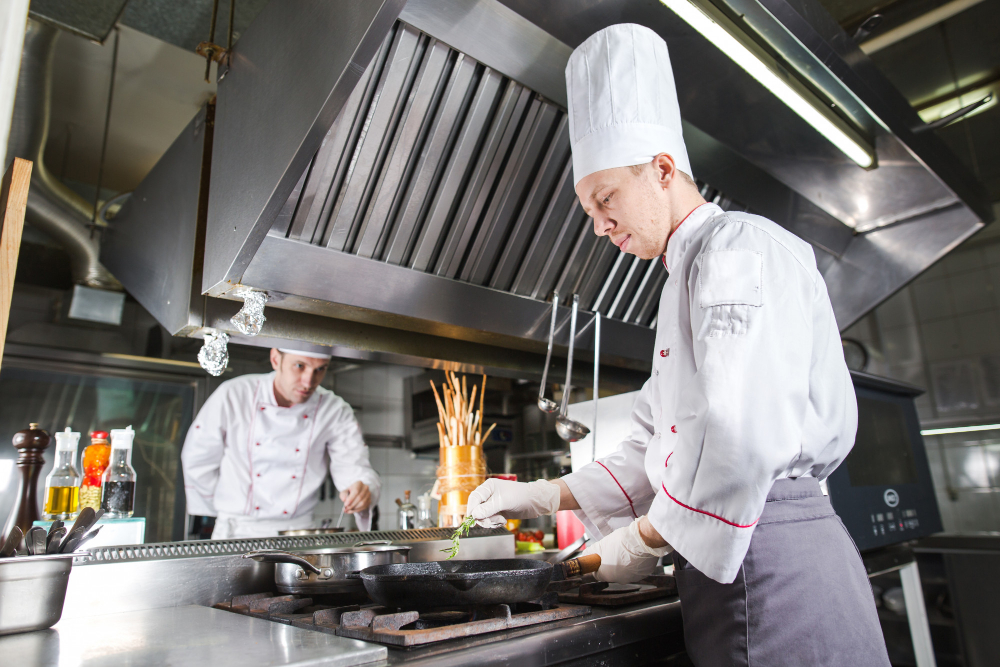
As consumer demands continue to evolve, convenience and efficiency have become paramount. Ghost kitchens offer a solution that caters perfectly to these changing needs.
With advancements in technology and delivery services, ghost kitchens are poised for exponential growth in the coming years. The rise of online ordering platforms and third-party delivery apps has made it easier than ever for customers to access a wide variety of cuisines from the comfort of their own homes.
Moreover, as more people embrace digital nomadism or opt for remote work arrangements, there is an increasing demand for quick yet high-quality meals delivered directly to their doorstep. Ghost kitchens can cater precisely to this market segment by providing delicious food without compromising on taste or convenience.
Ghost kitchen models allow entrepreneurs and established restaurant brands alike to test new concepts with lower financial risks compared to traditional brick-and-mortar establishments. This flexibility opens up opportunities for culinary innovation while minimizing overhead costs associated with physical locations.
As we look ahead into the future of ghost kitchens, we can expect further integration between technology platforms and kitchen operations. Artificial intelligence (AI) may play a significant role in optimizing order management systems or streamlining inventory control processes within these virtual cooking spaces.
Furthermore, sustainability will likely be at the forefront as eco-conscious consumers seek out environmentally friendly options even when dining from home. Ghost kitchen operators may explore greener packaging materials or partner with local suppliers who prioritize sustainable sourcing practices – all contributing towards reducing carbon footprints associated with food delivery services.
The future holds immense potential for continued growth and innovation within the realm of ghost kitchens. By adapting swiftly to evolving consumer preferences, embracing technological advancements, and prioritizing sustainability efforts, ghost kitchen operators can position themselves at the forefront of this exciting culinary landscape.
So if you’re considering opening your own virtual eatery, now is the perfect time to embark on this thrilling journey and be a part of shaping the future of food.
FAQ
Can you make money with a ghost kitchen?
Yes, you can make money with a ghost kitchen as they typically become profitable within the first two years of operation when considering food costs, local KPIs, sales forecasts, and average revenue.
How much to invest in ghost kitchen?
The average investment required to open a ghost kitchen, operating from a single location, is between $20,000 and $60,000.
What is the average size of a ghost kitchen?
The average size of a ghost kitchen is generally around 150 to 250 square feet.
What are the ongoing operational costs involved in running a ghost kitchen?
The ongoing operational costs involved in running a ghost kitchen typically include rent, utilities, labor, food supplies, technology, delivery platforms commission, and kitchen equipment maintenance.
What are the necessary equipment and facility costs when setting up a ghost kitchen?
The necessary equipment and facility costs when setting up a ghost kitchen include expenses for commercial kitchen equipment, industrial-grade ventilation, leases or rents for the space, utilities, and insurance.
How does the location factor affect the cost of opening a ghost kitchen?
The location factor affects the cost of opening a ghost kitchen as spaces in high-demand, urban areas typically come with higher rent and operational expenses.

